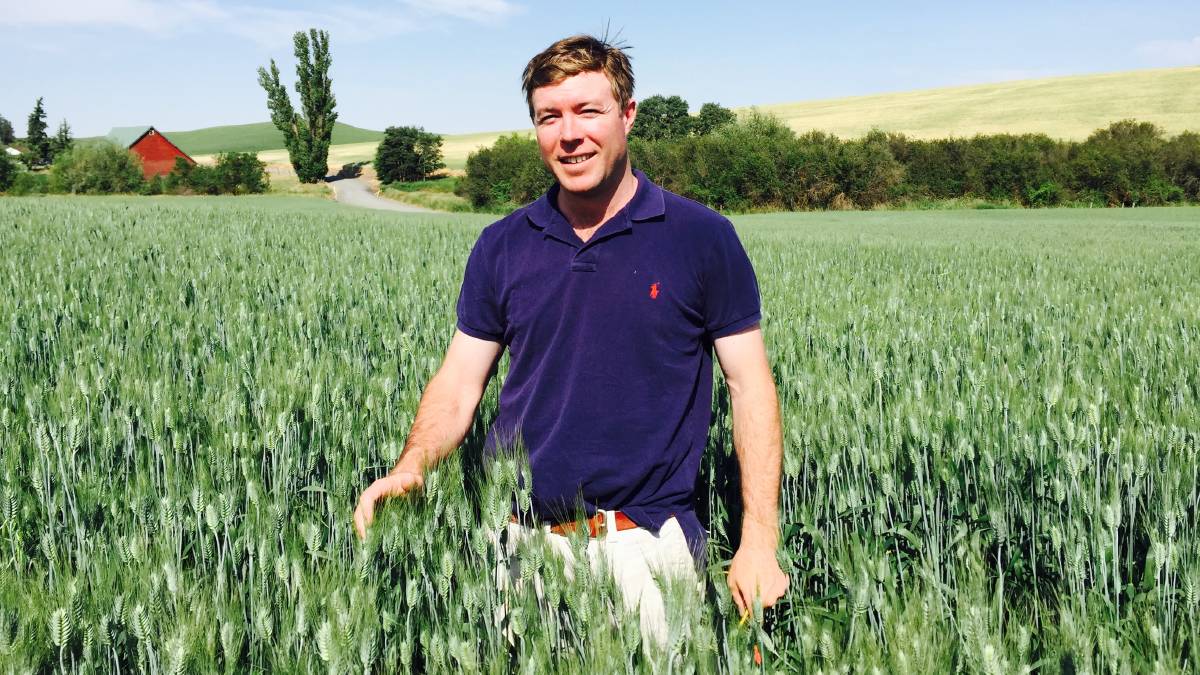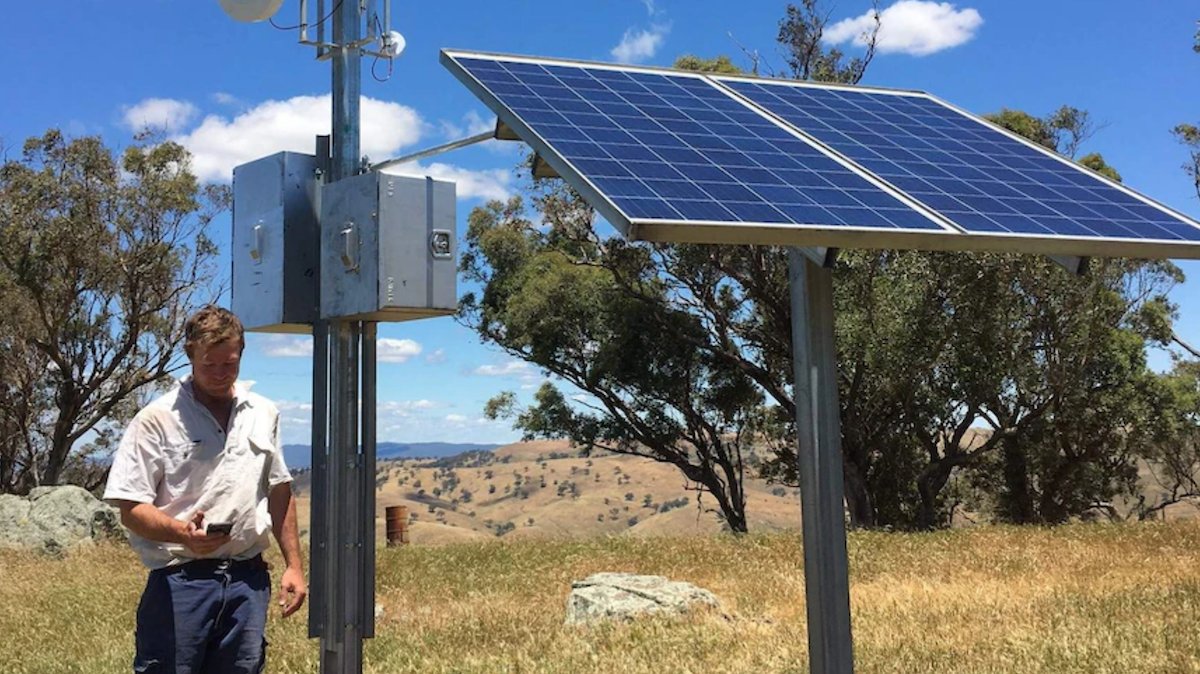[The Land, 17 Nov 2017]
Jock Graham
The everyday frustration, slow or poor communications hampering day-to-day activities on rural properties throughout Australia. That’s the elephant in the room that I wanted to study and work out how we (the rural community) could improve our communication options via infrastructure improvements or technology adaption without waiting for a big telcos or a government approach that could take years.
My findings were that small businesses in rural and regional communities are well placed to build their own communications infrastructure that can cover 100 per cent of rural areas with city grade internet services. Additionally, there are also some very useful hardware (Cel-fi boosters) and software (wi-fi calling) options now available to improve mobile connectivity in the home and farm environment.
Since returning from this Nuffield adventure in 2015, I was buoyed by the ideas and methods being undertaken in the UK and Ireland for areas that were less populated and less attractive for communication investment by major telcos. The implementation of low cost, fixed wireless solutions had enabled these forgotten areas to access high speed, low latency, unlimited data internet.
This model seemed a perfect fit here in southern NSW and so for the past two years we have established a company Wi-sky NSW and built a fixed wireless network to connect rural and regional area with city grade internet. The service started out of Gundagai NSW, and now delivers in an 85km radius of Gundagai, using more than 85 communication poles, focusing on delivering services to farms and rural residents in areas outside major towns.
The establishment of this network has impacted more than 320 households so far by allowing them access to a fast, unlimited internet service and is growing in area and customers each month. This has allowed those businesses the adoption of new business services like cloud accounting, online banking, VoIP telephone service and the new mobile protocol “Wi-Fi calling”.
It is a game changer when it comes to improving your home and farm phone mobile service as you can setup Wi-fi access points anywhere and they instantly improve your phone coverage, instead of waiting for a telco to builds towers close to you.
Not only are the benefits seen for businesses, but it also dramatically improves the social and education benefits for families allowing them to access online streaming services without extra data charges and buffering issues.
By allowing rural communities access to these modern-day services we are closing the digital divide and laying the foundations for the adoption of new technologies to come.


